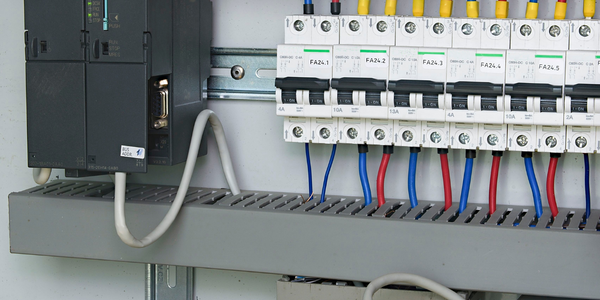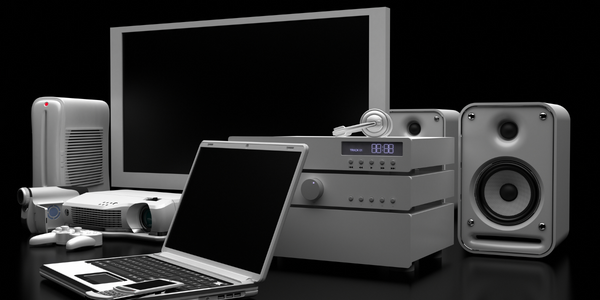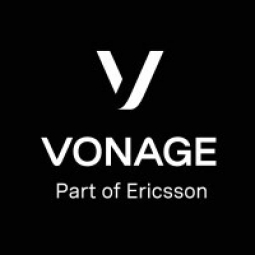Technology Category
- Platform as a Service (PaaS) - Device Management Platforms
- Sensors - Camera / Video Systems
Applicable Industries
- Education
- Electronics
Applicable Functions
- Quality Assurance
Use Cases
- Time Sensitive Networking
- Visual Quality Detection
Services
- System Integration
- Training
About The Customer
Cambly is an online platform that connects English language learners with native speakers for practice sessions. The platform aims to provide an immersive learning experience that closely mimics being in an English-speaking country. Cambly's users are diverse, coming from various backgrounds and countries, and use a range of different devices to access the platform. The company's goal is to make language learning as accessible and effective as possible, and they strive to leverage technology to achieve this. By integrating high-quality video chat into their platform, Cambly offers a unique and valuable service to their users.
The Challenge
Cambly, an online platform for English language learners, faced a significant challenge. They wanted to provide their users with an opportunity to practice English with native speakers through high-quality video chat directly in the browser. The goal was to create an immersive learning experience that would mimic the benefits of being in an English-speaking country. However, achieving this level of interaction and quality was a significant hurdle. The solution needed to be reliable, accessible across various devices, and offer superior connection quality. Additionally, Cambly wanted to provide a feature that would allow students to record and playback their conversations for further practice and refinement of their language skills.
The Solution
Cambly turned to Vonage Video API to overcome their challenge. Vonage's solution allowed Cambly to embed reliable live video and voice communications directly into their platform. The API's web and mobile SDKs ensured that users could connect from anywhere, using their device of choice. This flexibility and accessibility were crucial in making the learning experience as convenient and user-friendly as possible. Moreover, Vonage Video API offered superior connection quality and seamless integration, which were key factors in Cambly's decision to choose Vonage. One of the standout features of the Vonage Video API was its ability to record. This feature enabled Cambly to offer a unique learning tool where students could record, playback, and review their conversations, thereby enhancing their learning experience and improving their fluency.
Operational Impact

Case Study missing?
Start adding your own!
Register with your work email and create a new case study profile for your business.
Related Case Studies.

Case Study
Remote Temperature Monitoring of Perishable Goods Saves Money
RMONI was facing temperature monitoring challenges in a cold chain business. A cold chain must be established and maintained to ensure goods have been properly refrigerated during every step of the process, making temperature monitoring a critical business function. Manual registration practice can be very costly, labor intensive and prone to mistakes.

Case Study
Predictive maintenance in Schneider Electric
Schneider Electric Le Vaudreuil factory in France is recognized by the World Economic Forum as one of the world’s top nine most advanced “lighthouse” sites, applying Fourth Industrial Revolution technologies at large scale. It was experiencing machine-health and unplanned downtime issues on a critical machine within their manufacturing process. They were looking for a solution that could easily leverage existing machine data feeds, be used by machine operators without requiring complex setup or extensive training, and with a fast return on investment.

Case Study
Cloud Solution for Energy Management Platform-Schneider Electric
Schneider Electric required a cloud solution for its energy management platform to manage high computational operations, which were essential for catering to client requirements. As the business involves storage and analysis of huge amounts of data, the company also needed a convenient and scalable storage solution to facilitate operations efficiently.

Case Study
Leveraging the IoT to Gain a Competitive Edge in International Competition
Many large manufacturers in and outside Japan are competing for larger market share in the same space, expecting a growing demand for projectors in the areas of entertainment, which requires glamor and strong visual performance as well as digital signage that can attract people’s attention. “It is becoming more and more difficult to differentiate ourselves with stand-alone hardware products,” says Kazuyuki Kitagawa, Director of Service & Support at Panasonic AVC Networks. “In order for Panasonic to grow market share and overall business, it is essential for us to develop solutions that deliver significant added value.” Panasonic believes projection failure and quality deterioration should never happen. This is what and has driven them to make their projectors IoT-enabled. More specifically, Panasonic has developed a system that collects data from projectors, visualizes detailed operational statuses, and predicts issues and address them before failure occurs. Their projectors are embedded with a variety of sensors that measure power supply, voltage, video input/ output signals, intake/exhaust air temperatures, cooling fan operations, and light bulb operating time. These sensors have been used to make the projector more intelligent, automatically suspending operation when the temperature rises excessively, and automatically switching light bulbs. Although this was a great first step, Panasonic projectors were still not equipped with any capability to send the data over a network.









